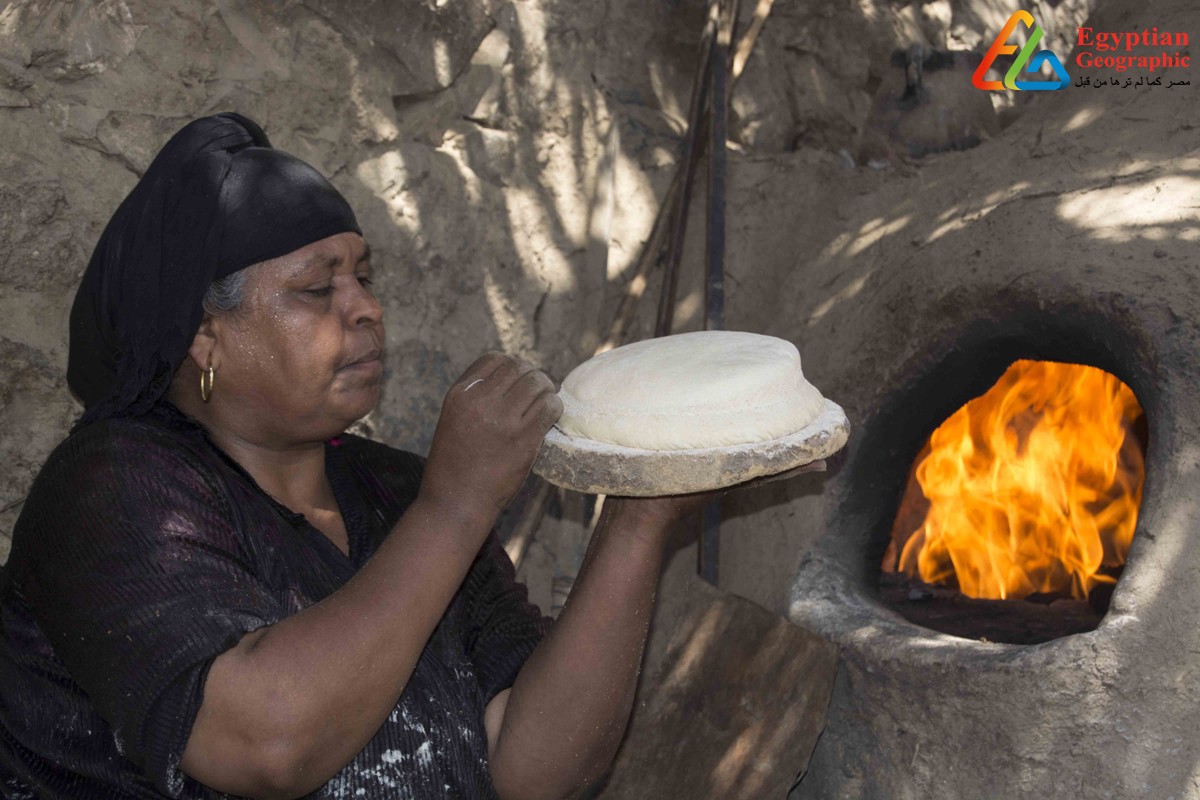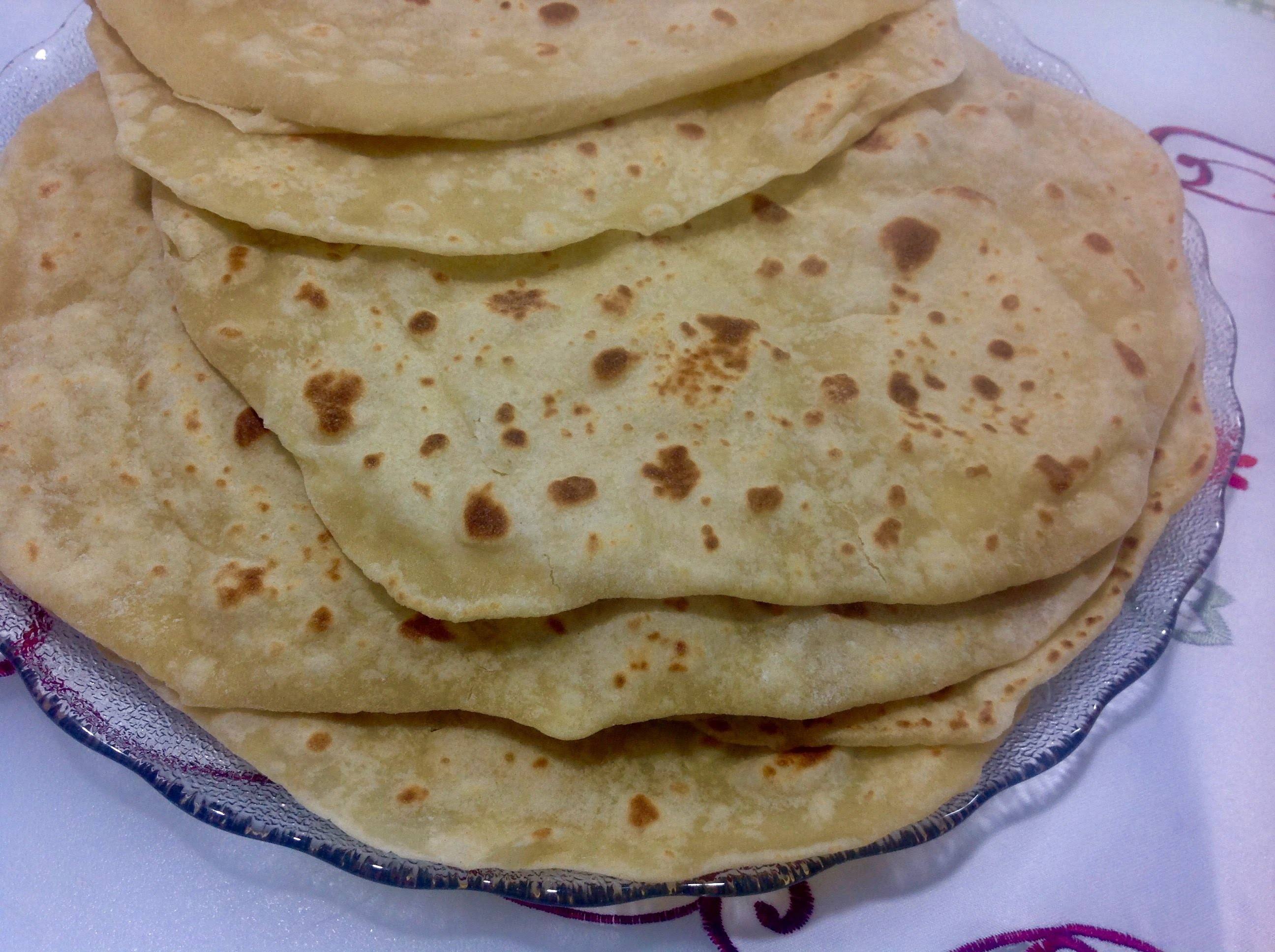
Photo credit: Al-Monitor
Bread is a staple in every Egyptian household’s meals, whether at breakfast, lunch, dinner, or even for midday snacking. On long dinner tables at family gatherings, or in a regular breakfast at home, meals are generally incomplete without bread.
Called ’aish in Egypt, bread literally translates to ‘living’, symbolizing the importance of bread in Egyptians’ lives. In other Arab cultures and in the standard Arabic language, bread is called khobz.
In Egyptian culture, the importance of bread is symbolized in popular local sayings, namely “akl el ‘aish” (eating bread) which translates to a person’s wages, and “‘aish w malh” (bread and salt) which is a way to describe familiarization and companionship between people.
Since it is an essential part of their everyday meals, Egyptians have their own types of bread that one can rarely find with the same quality outside of Egypt.
Here are the four types of Egyptian bread.
‘Aish Baladi
The standard Egyptian bread that is always available in any Egyptian household, ‘Aish Baladi is basically Egyptian flatbread. Traditionally baked in extremely hot ovens, this vegan bread is the result of a mixture of whole wheat flour, yeast, salt, and water.
Fresh Baladi bread can be used to make sandwiches, dipped in lentil soup or molokhiyya, or to accompany a plate of ful (fava beans). Since it’s a crucial part of almost every meal, many Egyptian mothers always keep a few loaves of Baladi bread in their freezers, to never run out of it.
‘Aish Shamsi

Photo credit: Egyptian Geographic
‘Aish Shamsi is thick and round bread, traditionally made from wheat flour and yeast dough. Its name, ‘Aish Shamsi or solar bread, is derived from the fact that it is left to dry under the sun for nearly 12 hours, before being baked in a traditional oven.
Several sources claim that this type of bread was inherited from ancient Egyptians. Today, although not very common in bakeries in Cairo and other cities, women in Upper Egypt still choose to make ‘Aish Shamsi at home.
‘Aish Bataw

Photo credit: Shamloola
A single-layered thin bread, Bataw is widely-consumed in rural villages, mainly in Upper Egypt and among farmers. Although its main ingredient is corn flour, there are multiple variations to the way it’s prepared, depending on the area.
In Assiut, it is made with either barley and corn or barley and wheat, whereas in Akhmim, it is often made with corn and fenugreek. In Qena, it is only made with barley.
Among its nutritious benefits, Bataw has fibers that increase satiety and metabolism.
‘Aish Feeno
A children’s favorite, ‘Aish Feeno can be described as Egyptian baguette. Shaped in a long roll and sliced in half, Feeno is the most popular Egyptian bread after Baladi bread, and is the ideal option for sandwiches. Feeno can be plain or with sesame on top.
Its delicious taste and fluffy texture make children have it on its own without any filling sometimes, especially when it’s fresh out of the bakery.
Subscribe to our newsletter
"bread" - Google News
August 22, 2022 at 09:41PM
https://ift.tt/XUtLowx
'Aish: An Assortment of Bread Types from Egypt - Egyptian Streets
"bread" - Google News
https://ift.tt/SAild1t
https://ift.tt/aK82qCA
Bagikan Berita Ini















0 Response to "'Aish: An Assortment of Bread Types from Egypt - Egyptian Streets"
Post a Comment